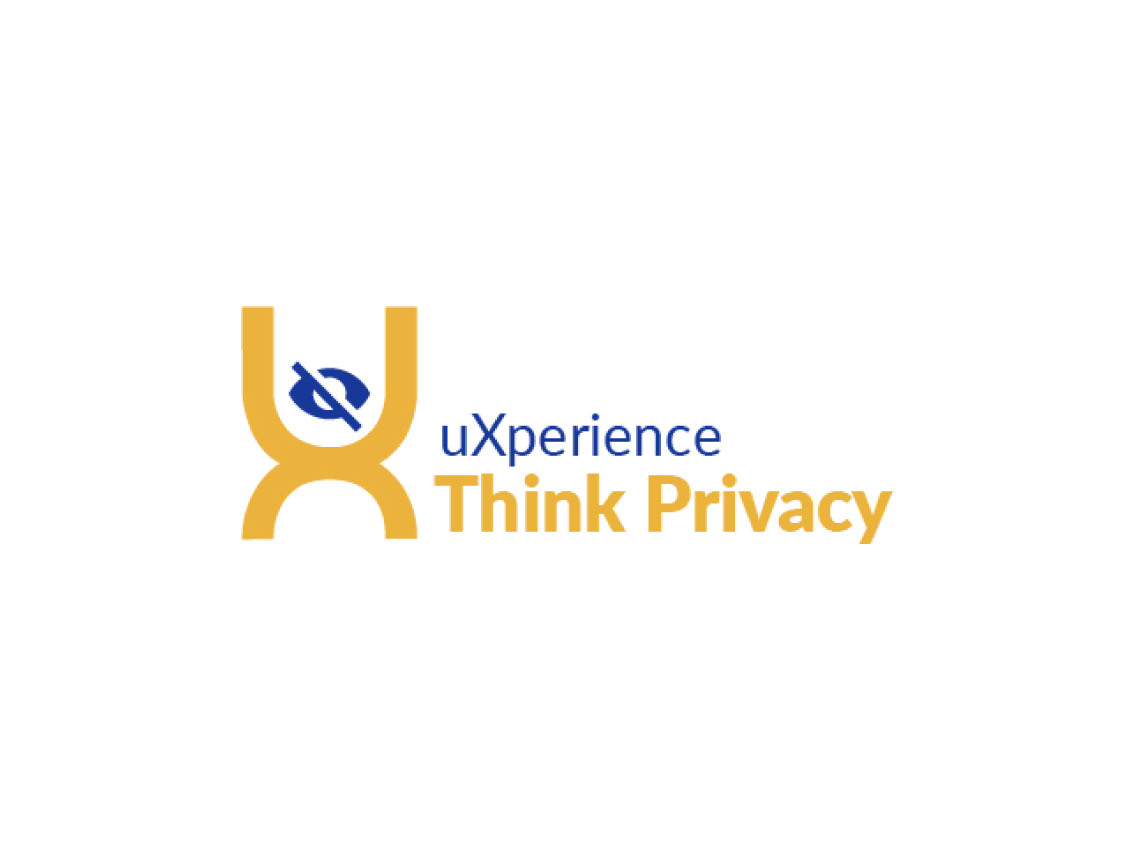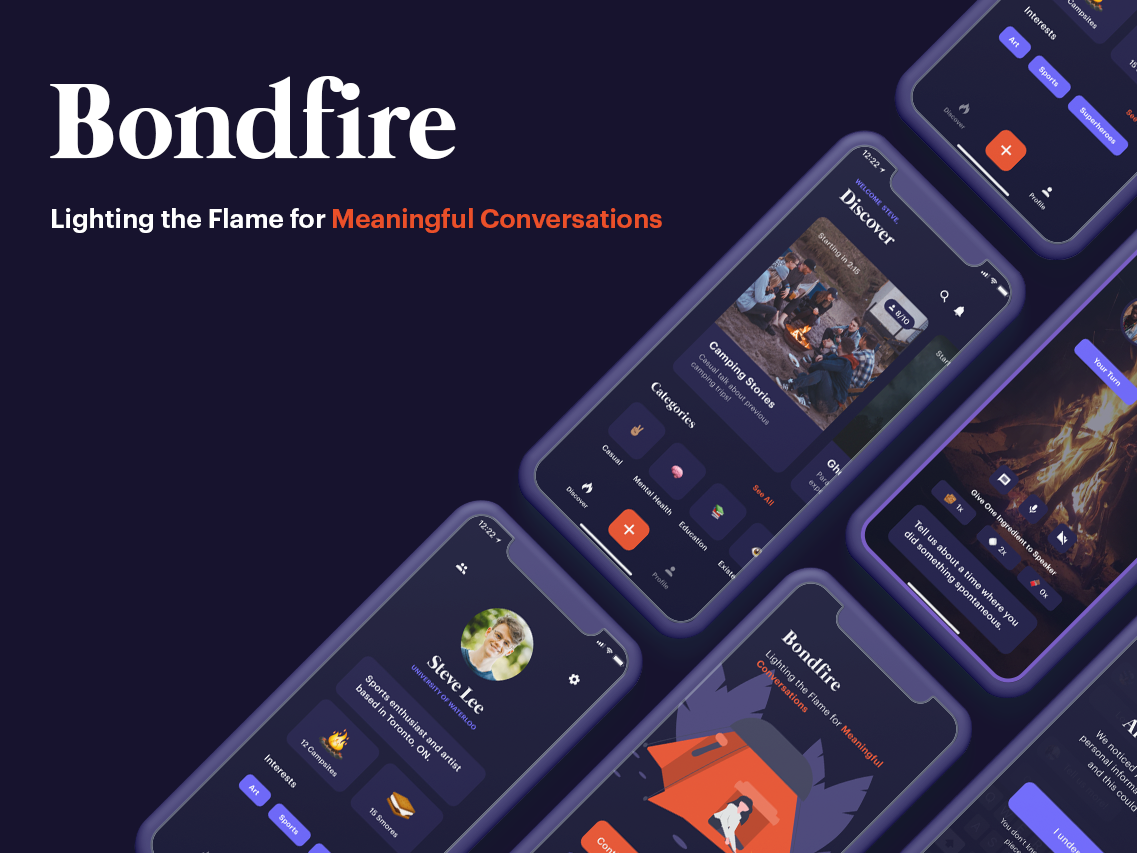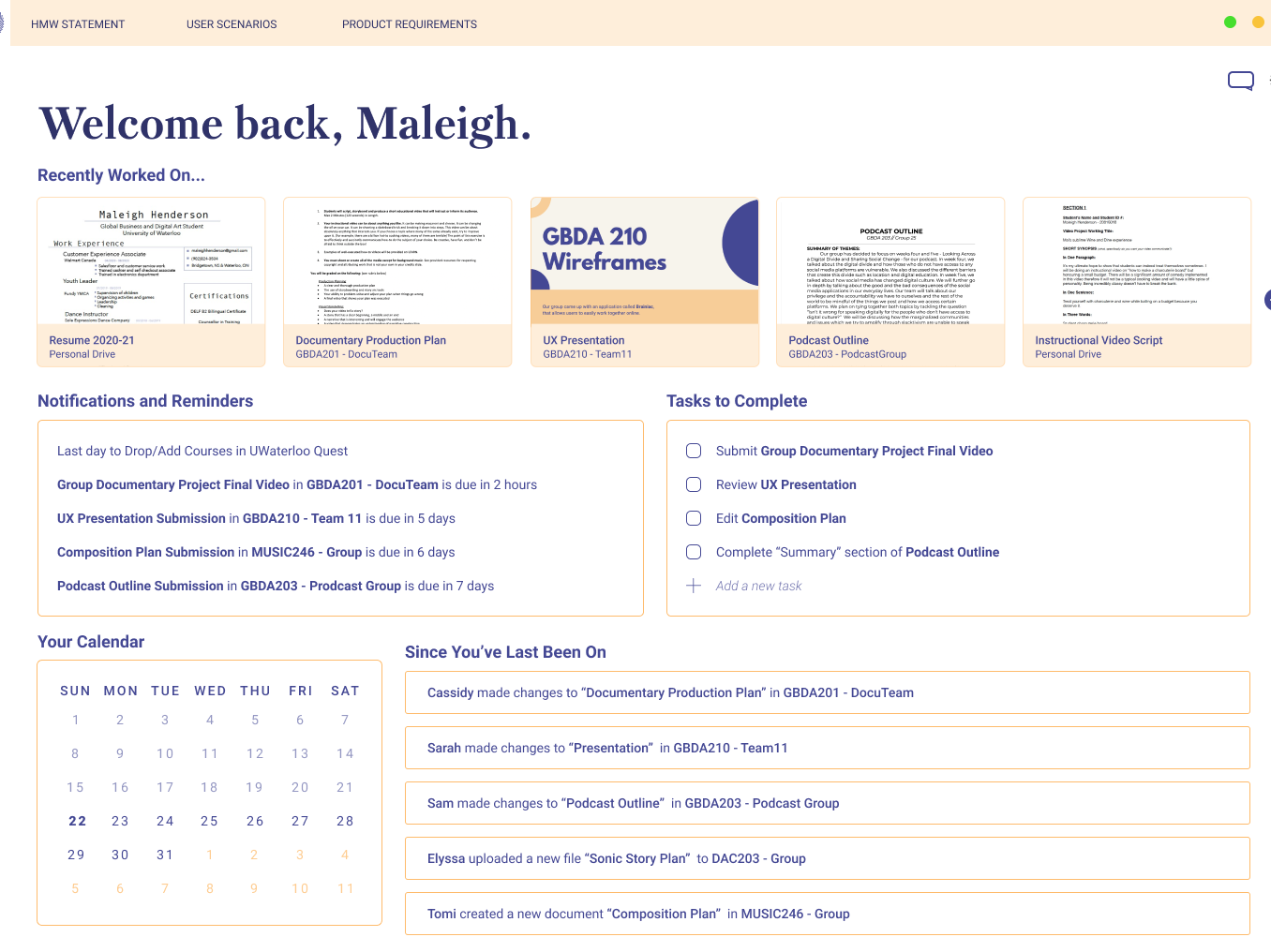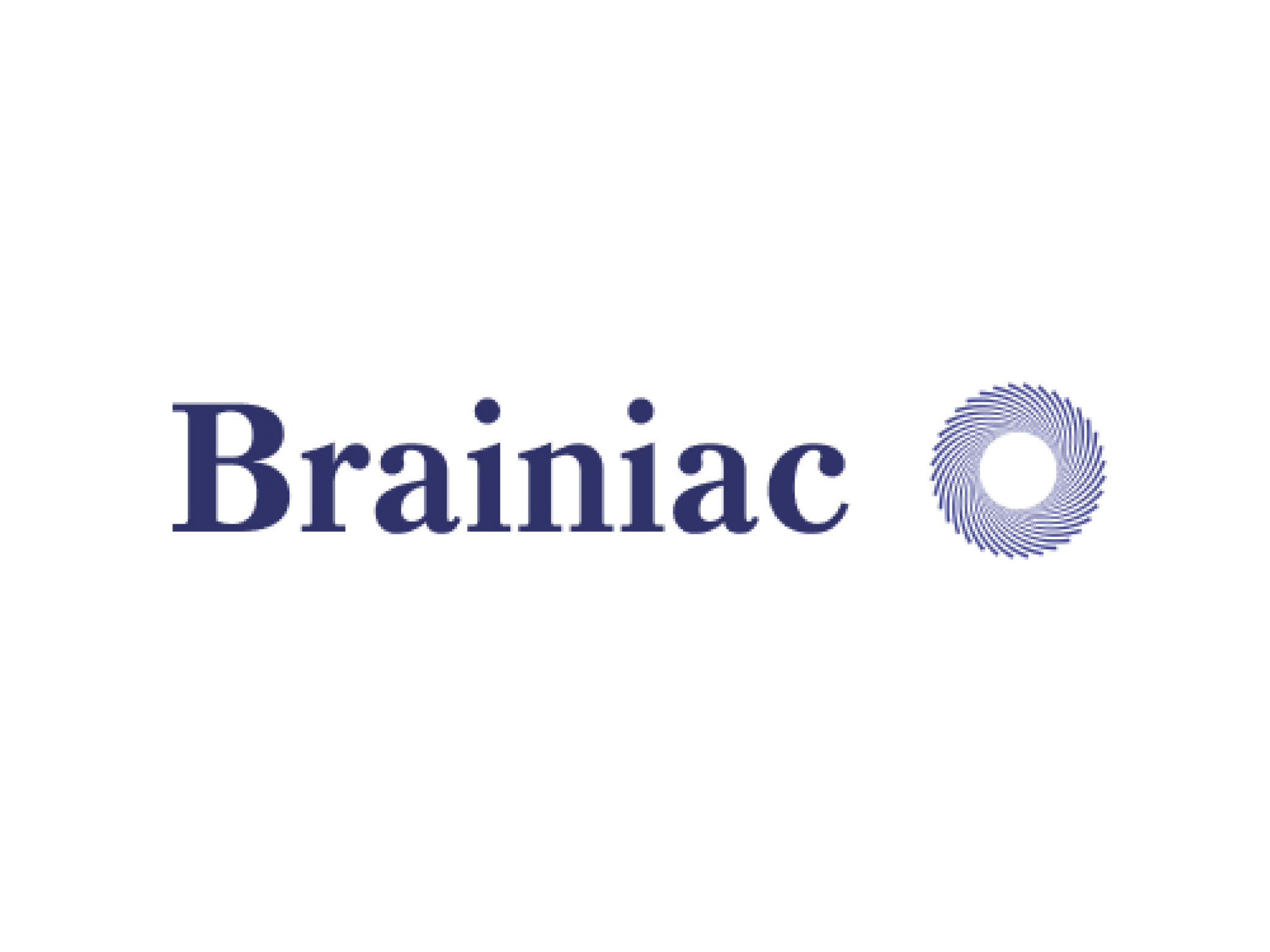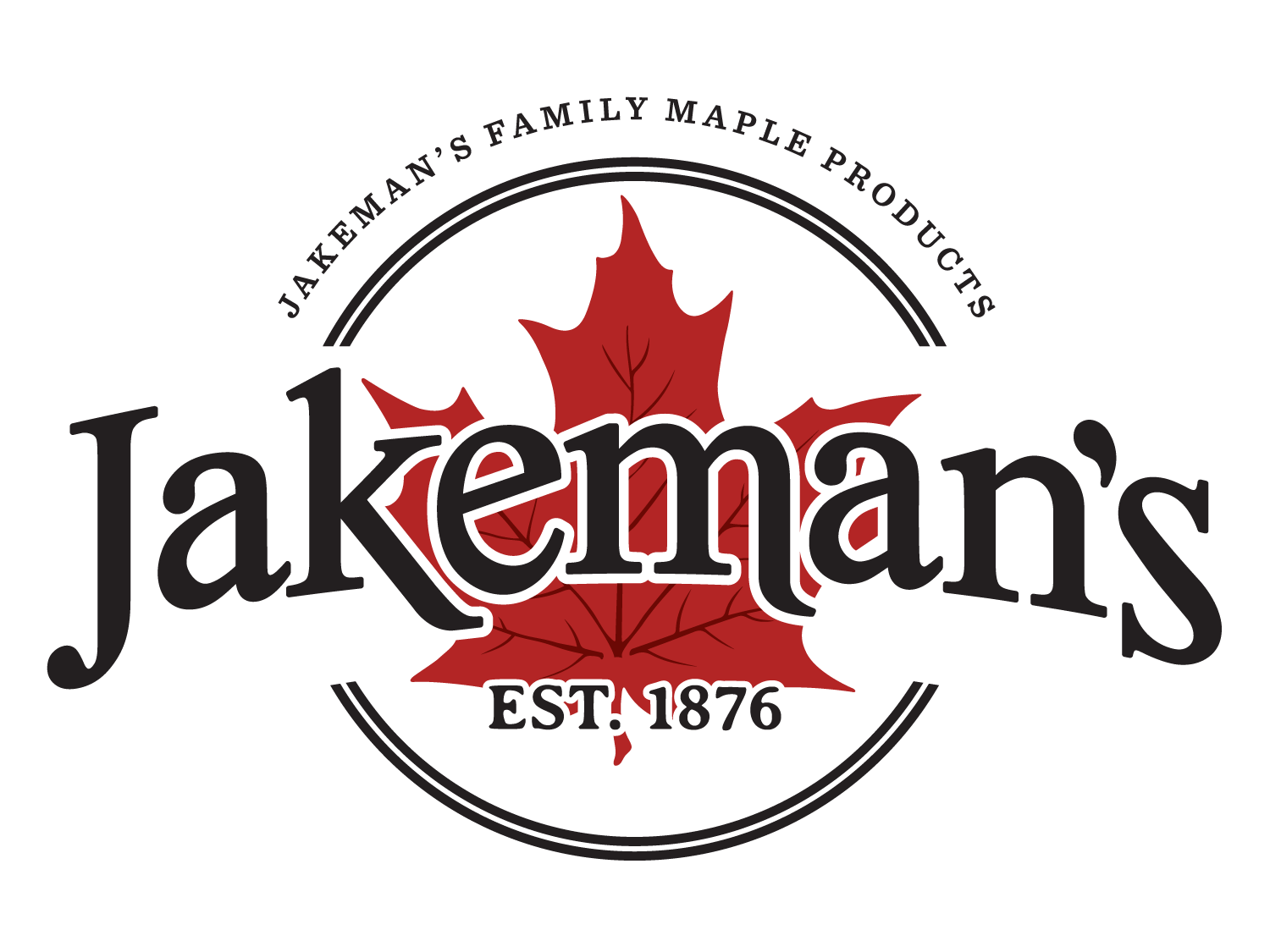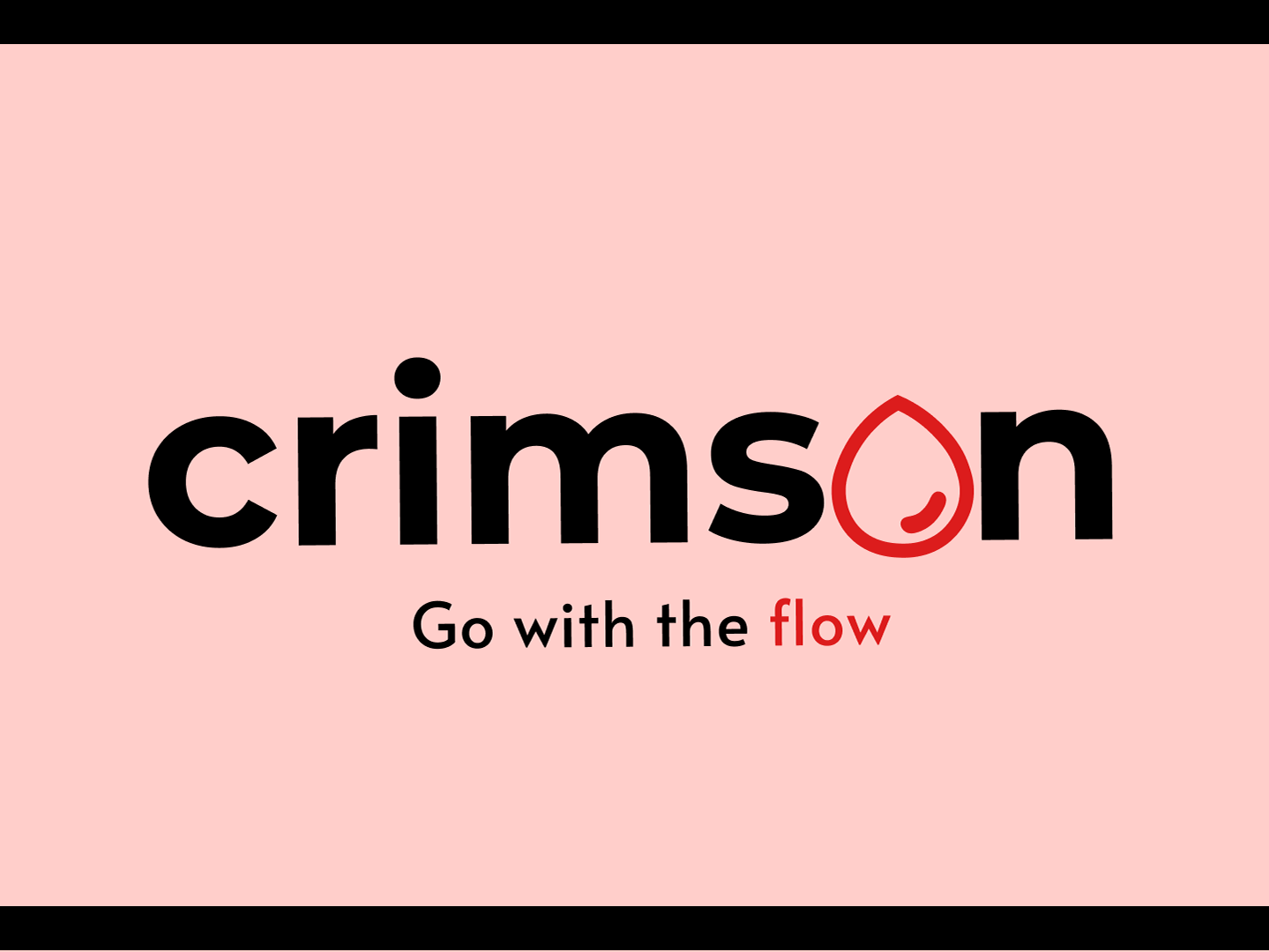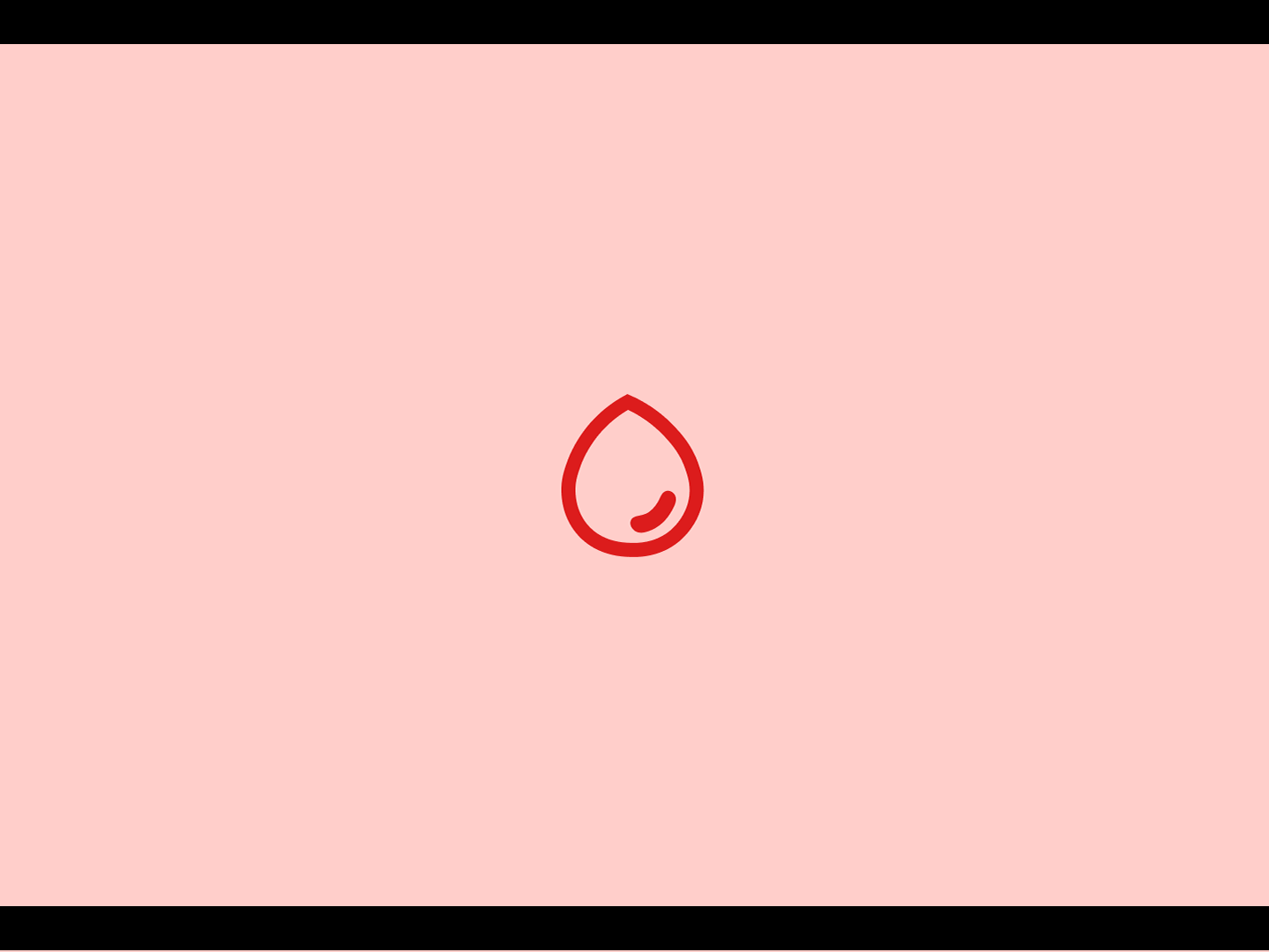Bloomberg was looking for a full stack application that makes use of real-time data, financial information, or the like in order to empower users by bringing transparency to the market.
Peer Energy
Cheaper, Decentralized, Local Energy
Individuals can make a high percent of revenue and can trade the crypto currency as it is monetarily backed.
Blockchain Based Business Network
Smart contracts, more transparency, easier tracking of energy source.
Development
Individuals can link their energy using the grid that already exists, and buyers on the same local grid would be able to select sources near them for a flat price and purchase Powercoins, a cryptocurrency representation of the energy trade.
In the future, through partnerships with charities and businesses, users can use Powercoins to invest back in local green energy innovation.
We've built the backend—the blockchain network—and the frontend, the user interface.
Inspiration
The need for a decentralized and a more resilient power grid is rising and it is clear that we need to change to renewable energy steadfast. One issue with the current energy system is its centralization and lack of transparency leads to a number of issues during climate disaster and leaves the door open for company price hikes and leaves people vulnerable to power outages.
The hope to make our solution inclusive and accessible to users with no blockchain knowledge so they can benefit from and fully understand its perks.
How we Built It
- We attempted to build the network using Kaleido running on an Azure instance to handle the blockchain business network
- We attempted using a REST API to query the network
- Building a Hyperledger framework for a business network on a Google Cloud virtual machine
- Focusing on: How might we create an environmentally friendly crypto-currency that inexperienced users can understand?
Challenges
- Generating the API key—both Hyperledger and Kaleido had documentation to access the REST API, but we ran into problems generating the contract for both
- Connecting to the domain
Accomplishments
- Correctly connecting to the domain
- Working on multiple projects at once
- Collaborating through different time zones (4 of them)!
- Building our first blockchain network
What we Learned
- It is helpful to use frames on Figma
- How to use Google Cloud's virtual machines to run a blockchain playgrounds
- The many frameworks available for a blockchain network, and the concept of ledgers and transactions
- The difference between a business network and other networks, like Ethereum
What's Next for Peer Energy
- Additional visuals to help users understand the flow of their coins and energy
- Debugging the API and connecting it to the user interface, so users can interact at the push of a button and record transactions
- Adding a visualization space so users can track energy metrics by querying transactions
- Testing with hardware, to simulate the physical layer (e.g. energy meters connected to the internet)
Team
Neha Desaraju
Worked on the backend to generate a blockchain network and REST API to query the network. First time doing both!
Elyssa Smith
Worked on the front-end, completing UX/UI work for Peer Energy. Created a high-fidelity wireframe using Figma.
Luisa Balaban
Worked on front-end using React.js, following wire-frame directions.
LebiramCode Francisco
Worked on the backend, doing research for generating a blockchain network and REST API to query the network for live deployment.
Also registered the domain on domain.com so that our project could go live!
Peer Energy logo.
Peer Energy - Figma Frame
Google Cloud Platform Hyperledger Composer 1
Google Cloud Platform Hyperledger Composer 2
Google Cloud Platform Hyperledger Composer 3
Kaleido with Microsoft Azure Framework

